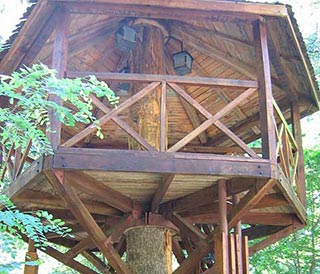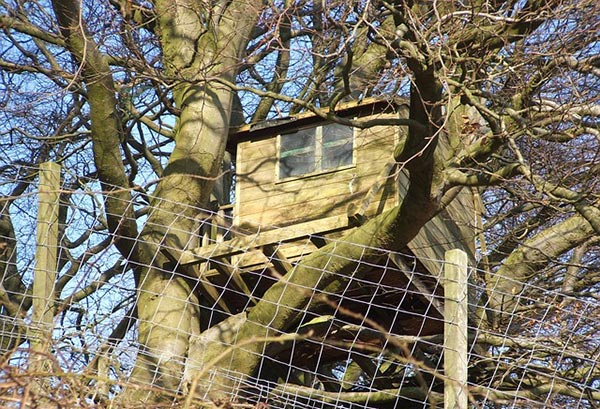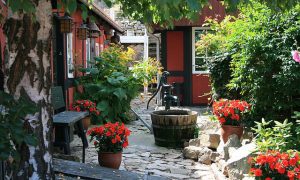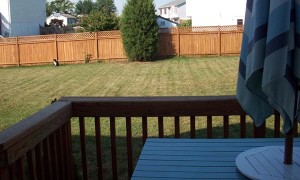A treehouse is one nice way to get closer to nature, and perfect for a sleepover in your backyard. Nowadays, treehouses are no longer considered the domain of children, and you’ll be surprised to know there are many adults that love treehouses as well. A great retreat to meditate, do yoga, or just read a book – all the while in the company of nature.
Treehouses are now seen as eco-friendly structures, and suitable for use in many nature reserves all over the world, where it’s important to be able to get up close to nature without disturbing the wildlife. Imagine waking up each morning to the chirping of birds, and soft sunlight filtering in through the windows, while inhaling the warm aroma of wood and leaves. Such are the joys of living in a treehouse!

It doesn’t take too much to build a simple treehouse. Nothing elaborate. But there are a few things to remember. While there are freestanding treehouses (or tree forts) as well, this article will only focus on treehouses built in trees.
Tree suitability
The tree where you will build your tree house needs to be mature, and preferably hardwood. Trees with softer wood tend to have a higher mortality rate and are more prone to topple. Many conifers belong to this category, and additionally, have branching architecture which is not conducive for constructing a treehouse. With the exception of a few species like cedar, many small trunked coniferous species are not suitable for treehouse construction. Oaks are best, followed by maple, cedar, and hemlock.

An average trunk size of a foot or more is highly recommended, and the tree must be in a healthy state. You can double check with an aborist, but signs of ill health include dead branches close together, discoloration of leaves, and open sores on the trunk. The most important thing is the size, health, and species of the tree (respectively).
Climate and weather
You should check in your local weather reports for your area to assess if it is prone to hailstorms or hurricanes, both of which can wreck not just your treehouse, but the whole tree as well, given that the treehouse poses an extra load to the tree during a storm. If your area is prone to windstorms, building a treehouse may not be a good idea.
Local regulations

This is the part where it’s still a gray area. Local planning authorities do not agree on treehouses because it is not part of legislature. Depending on the size of the treehouse, it may be exempted, partially, or fully regulated, depending on your local housing laws. In rural areas, treehouses are usually exempted, but in urban areas, there might be restrictions on height, size, privacy, and safety.
Try to site the treehouse away from public view, because not everyone will welcome the idea of being watched. Avoid it being too near boundaries, and as always, keep it small and simple. The way to avoid legal sticky tape is to construct the treehouse as if it’s a temporary structure (like small sheds), and not too high above ground. The ideal height is not more than 10 ft (3 meters) above ground level.
Also, if you apply for plans and permits, bear in mind it will cost a lot more, and take up a lot of time to get approved, because you will then need a certified engineer to certify your treehouse is safe and in compliance.



